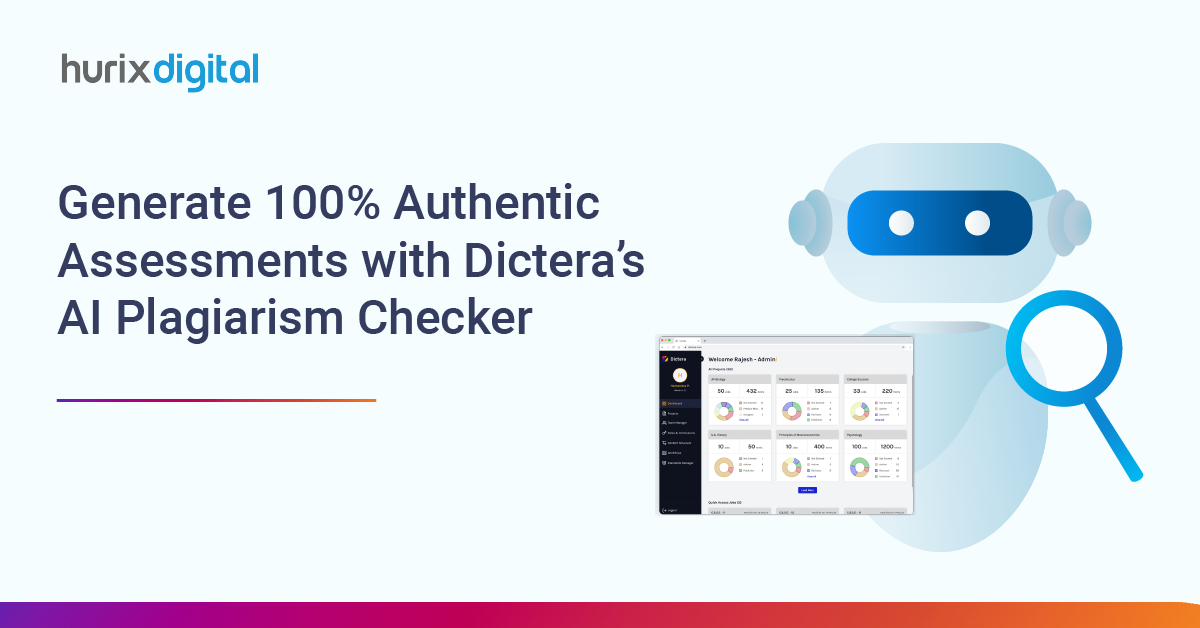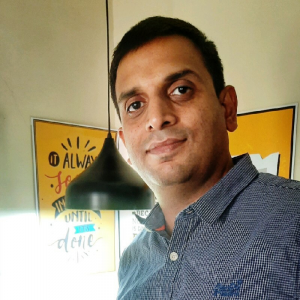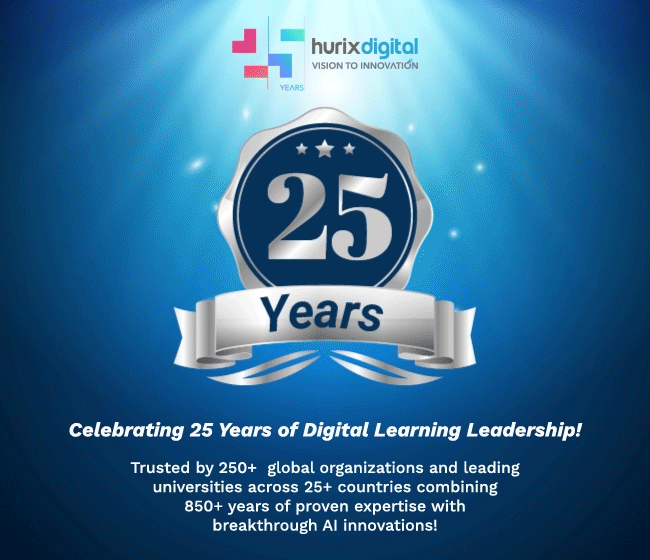
Generate 100% Authentic Assessments with Dictera’s AI Plagiarism Checker
Summarize with:
Assessments are crucial aspects of learning. They help students recap how much they have retained from a course and which topics need to be reviewed. Educators heavily emphasize designing assessments that capture the entire course in great detail.
With the rise of digital tools, learning professionals today extensively use AI assessment generators to create tests efficiently. However, how do you ensure that these tests are authentic and not copied from another source on the internet?
This is where AI-powered plagiarism steps in. Let’s understand plagiarism and how to leverage the Dictera AI plagiarism checker to ensure your assessments are genuine.
Table of Contents:
- What is Plagiarism?
- How Does the AI Plagiarism Checker Work?
- Using Dictera’s AI Assessment Generator for 100% Authenticity
- The Consequences of Plagiarism
- Final Words
What is Plagiarism?
Plagiarism is the act of using someone else’s work or ideas and presenting them as your own to the world without giving due credit to the person who created them. It is usually accidental.
However, there can be intentional cases of plagiarism where someone else’s work is stolen without their knowledge and used commercially. The Psychological Record study found that 36% of undergraduates acknowledged copying textual content.
Plagiarism covers all kinds of assets, such as text, images, ideas, opinions, discoveries, artwork, music, recordings, computer-generated work, and multimedia products. Here’s a simple example:
- Original Text: “Climate change is one of the most pressing issues of our time, requiring immediate action to mitigate its impacts.”
- Plagiarized Version: “Climate change is a significant problem that demands urgent measures to reduce its effects.”
In this case, the second sentence takes the main idea and phrasing from the original without crediting the source, even though it uses different wording. Proper citation is essential to avoid plagiarism.
Also Read: Does AI-Generated Content Enhance Learning or Encourage Dishonesty? A Critical Examination
How Does the AI Plagiarism Checker Work?
AI-powered plagiarism checkers provide users with tools that check the assessment content against two criteria:
- Whether the content was written by a human or generated by AI.
- Whether the content is original or copied from other sources on the internet.
AI plagiarism reports use machine learning algorithms to analyze the assessment text for patterns commonly found in AI-generated assessments. They check the text for its structure, coherence, and words that humans don’t normally use. This way, they can highlight how much of the text was generated by AI in the assessment.
To ensure the content is original, the AI algorithms compare this text to a vast existing content database to look for direct matches. These checkers also look for close similarities between the generated text and existing assessments. This way, they can tell which fragments or portions of the text are plagiarized.
Using Dictera’s AI Assessment Generator for 100% Authenticity
If you want to leverage an AI assessment generator to create your tests, Dictera provides robust features like collaboration. Dictera’s question generator AI also provides two leading industry tools for plagiarism checking: Duplichecker and Copyleaks.
These tools come integrated with Dictera’s interface, allowing you to use AI to create assessments and immediately check them for plagiarism issues before publishing. This helps you avoid legal troubles while ensuring the assessments contain unique content.
Users can choose either of these tools or use both to perform plagiarism checks.
1. Duplichecker
Duplichecker is a free plagiarism detection tool for up to seven languages, such as French, Spanish, English, Italian, etc. It allows you to work with multiple text import methods and supports seven document formats (.txt, .tex, .doc, .dox, .odt, .pdf, and .rtf). You get the plagiarism results represented as a percentage and a list of sources from which the flagged text was copied.
Duplichecker guarantees the privacy and security of your content, as it does not save any material you upload to the platform. It also provides you with a “Make it Unique” feature that you can use to remove plagiarism from your assessments automatically.
Duplichecker also provides you with several writing enhancements, such as grammar errors.
2. Copyleaks
Copyleaks is a more comprehensive platform that offers you more tools in addition to plagiarism checking. Using Copyleaks, you can check source code plagiarism and grade thousands of standardized tests with the AI Grader tool.
The Copyleaks plagiarism checker module is particularly strong, offering detection for paraphrasing, image-based plagiarism, character manipulation, and AI-generated text.
It also provides its users with AI-assisted writing, including suggestions, sentence structure, word choice, mechanics, etc.
The Consequences of Plagiarism
Although it may seem harmless at first glance, plagiarism can cause serious damage from the point it occurs until the end of the chain. It impacts both the original creator and the person who plagiarised the content.
1. Damage to Reputation
The damage that plagiarised assessments cause to professionals follows them throughout their careers. They risk losing their jobs at their current institutions for plagiarising an evaluation and being unable to find other work because of plagiarism.
2. Damage to Academic Reputation
Plagiarism also impacts the institution’s reputation, where copied assessments are circulated for student grading. Likely, the credibility of the institution and the academic degrees it provides are questioned because of plagiarised assessments.
3. Legal Repercussions
Plagiarism has quite serious legal consequences regarding the ownership of work. If a professional has accidentally plagiarised copyrighted content, they stand to face legal action and can get sued by the original creator of the assessments.
This is especially true for professionals who make a living from creating high-quality assessments for institutions and educators—their work is extremely susceptible to plagiarism.
Also Read: Does AI-Generated Content Enhance Learning or Encourage Dishonesty? A Critical Examination
Final Words
Plagiarism poses significant risks in today’s digital era, especially in educational assessments. Whether accidental or intentional, it can harm professional reputations and academic institutions and even lead to legal trouble.
Dictera’s AI-powered plagiarism checker ensures that your assessments are original and authentic, helping you maintain academic integrity and professional credibility. This seamless process guarantees the content’s authenticity and saves time, making it a valuable solution for all educational professionals.
So, if you’re looking for a reliable way to create and check your assessments for plagiarism, connect with our team today.
Summarize with:

 We’re live! Explore the all-new
We’re live! Explore the all-new 

